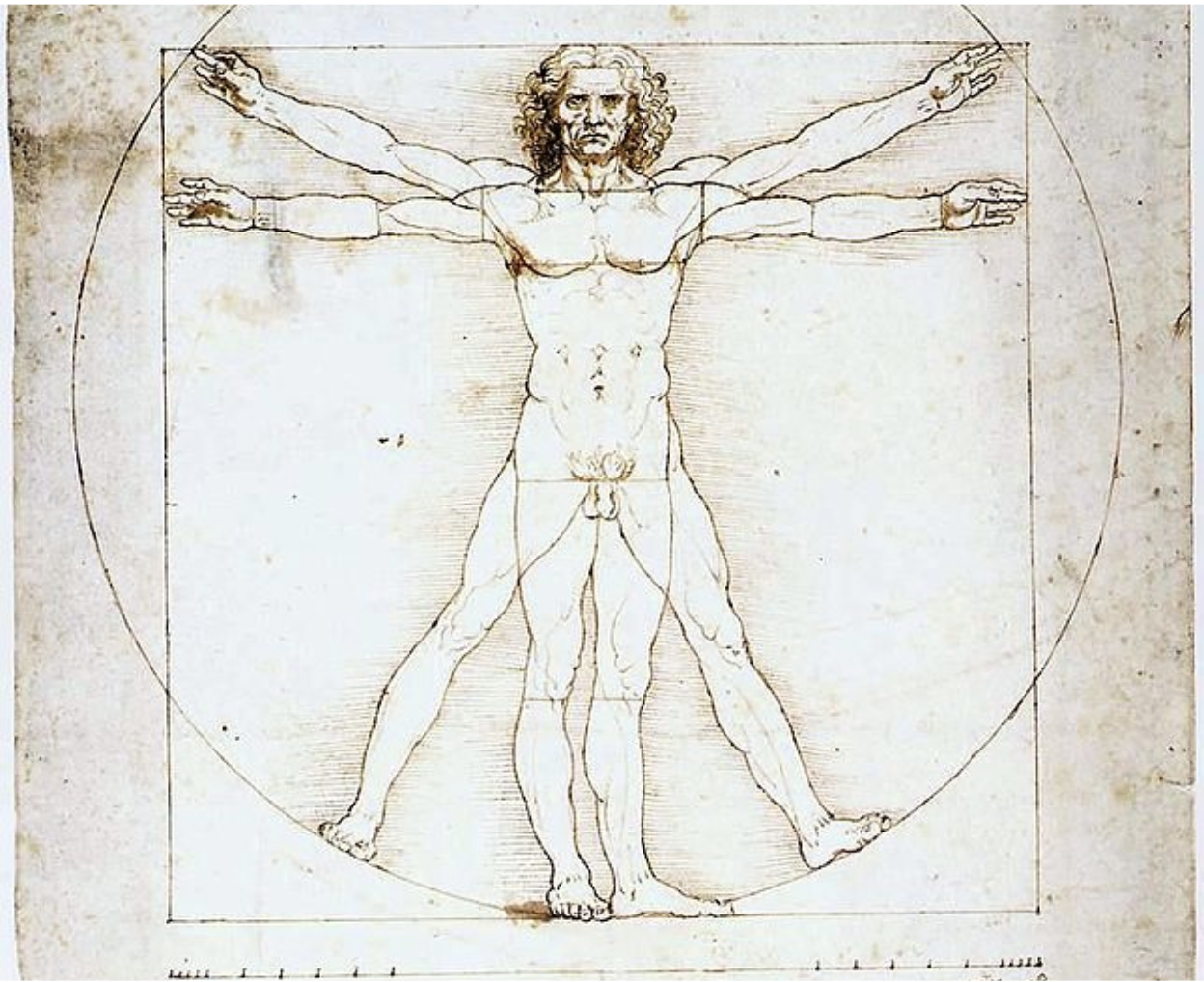Can drunkenness ever be holy? Brady examines the employment of drunkenness as a motif for both spiritual admonition and encouragement in the writings of the Church Fathers and the visual propagation of these teachings through early modern depictions of Noah and His Sons.
Art news in the early 2020’s has been dominated by cases of museums, exhibitions, and galleries returning—or refusing to return—looted art and artifacts to their countries of origin. Especially as renowned institutions like the British Museum garner international attention for this topic, it is important to understand not only what restitution is, but also how the process works, what the public can do to help, and what museums can be doing apart from restitution to acknowledge the histories of their collections.
The widespread principle of restitution is defined by the “return of an object artifact or collectible to its rightful owner, in most cases their heir, whether they are an individual, family, museum, state collection or national government.” Restitution most often occurs in regard to Nazi looted art, items stolen during periods of colonization, or objects otherwise looted in times of war or violent occupation. Though widely viewed as “morally correct” and theoretically straightforward, in practice, the process of restitution has led to hundreds of highly debated, legally complex cases in the past several decades. Major questions that must be considered before restitution can occur include:
1) Was the art in possession of its original owner at the time of taking?
2) Was the art forcefully taken?
3) Could the purchaser have known, within their due diligence, that the art was looted?
Many of these questions are extremely difficult to answer or contain loopholes that museums can exploit. Though a certain piece of art may not have been explicitly taken “by force,” a colonized country may have felt like it had no choice but to hand over art to its colonizers “consensually.” For instance, the Koh-i-noor diamond—one of the largest cut diamonds in the world—was allegedly given as a gift to Queen Victoria after the British East India Company annexed the Punjab Province; however, at the time the province was ruled by eleven-year-old Duleep Singh who was most likely intimidated into “gifting” it. Moreover, the concept of due diligence is generally vague and difficult to prove in court.
Perhaps the most important factor in restitution decisions is public opinion, which has begun to sway in favor of restitution in the last several decades. As a result, museums and galleries have been forced to reckon with their histories of cultural exploitation—especially since most rely on public support for revenue. If you care about restitution, a good place to start is by boycotting museums, including the British Museum or the Metropolitan Museum of Art, that are deeply complicit in colonization. Furthermore, we must put pressure on museum and government officials to communicate directly with countries of origin.
We must also be mindful of the difference between performative discussions and real action; institutions like the British Museum cannot simply host discussions with other countries that end with no concrete conclusion. Lastly, even art that was allegedly obtained consensually and therefore has no legal basis for restitution should still be properly honored. Museums have obligations to respect the cultural significance of such pieces as well as educate visitors by pairing the art with placards containing detailed information about how it was acquired and by whom it was made. It is not until museums properly honor all “rightful owners,” as defined by the principle of restitution, that they can truly absolve themselves of both past crimes and present complicity in the system of colonization and exploitation.





